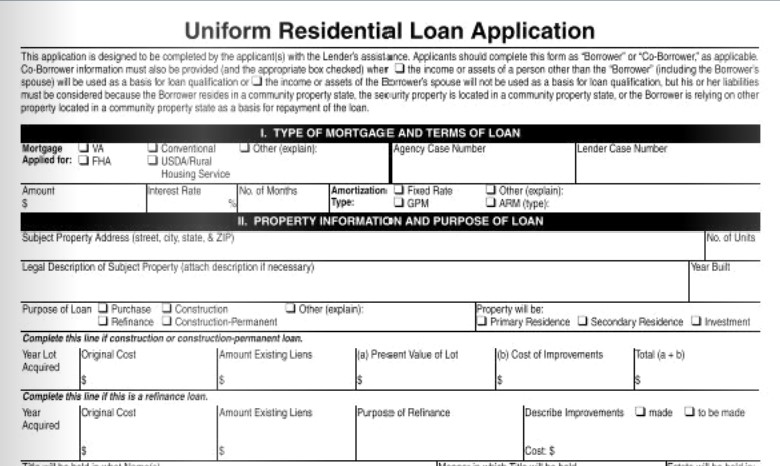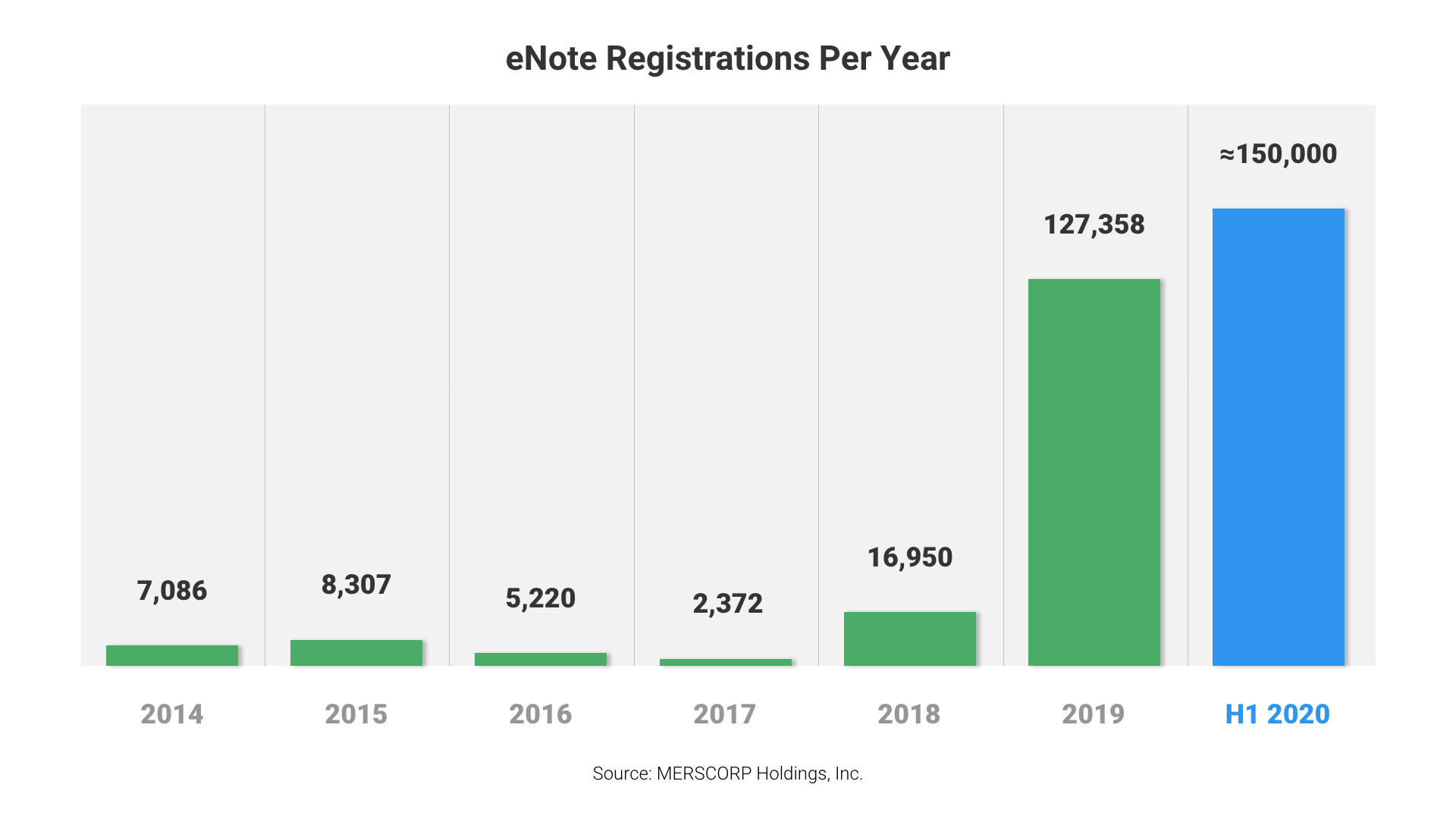Compliant IRS transcript requests: Adapting to changes in form 4506-C
The Internal Revenue Service (IRS) has recently implemented significant changes to the process of ordering tax transcripts and records, encouraging lenders to move from a manual ordering process to submissions that are Optical Character Recognition (OCR) compliant. As part of this modernization, the IRS has also introduced clean form requirements for the IRS Form 4506-C.
While this transition is expected to enhance efficiency, it’s essential for lenders to adapt their internal procedures for accurately collecting information on this form to prevent a) avoidable errors, b) subsequent rejection of transcript orders, and c) duplicate orders. Lenders must adapt their approach so that they remain in compliance as they submit IRS transcript requests and work alongside borrowers to ensure accurate tax return transcript information.
Top 4 Mistakes On IRS Transcript Request Forms
To ensure a smooth process and avoid rejection using the changed 4506-C, lenders must avoid the following prevalent errors when submitting this important request for an IRS transcript.
Below are some of the most common mistakes that cause form rejection.
1. Not using the updated form
The IRS updated their previous transcript form, the 4506-T, to the 4506-C at the end of 2022. Lenders are now required to use this new form, so ensure all agents have access to the October 2022 version of the form and use it exclusively for requests.
Vendors like DocMagic take care of this issue for you. We ensure you receive the right version of the necessary form based on updates from the IRS, making sure to follow updates as they occur and react accordingly.
2. Making simple errors
Unfortunately, small mistakes in filling out the form itself can result in rejection of your IRS transcript request. Among others, we’ve seen sections 5a and 5d missed or filled out incorrectly; various checkboxes left unchecked; and strikethroughs, circles and arrows used when they’re not allowed anywhere on the form (even if the borrower initials them to approve their use).
3. Using the incorrect address
It’s vital to double-check the borrower’s current address(es)—or, more accurately, their addresses listed in the loan file—in order to avoid rejection of your 4506-C. Check your records to ensure the addresses listed in the loan match this form perfectly.
4. Missing signatory checks or filling them out incorrectly
Last, always make sure the attestation box is checked when filling out this form. In addition, you must check the box that says “Signatory confirms document was electronically signed” if the form was electronically signed at any point.
Why The IRS Transcript Form 4506-C Is Important
It’s usually mandatory for lenders to have each borrower complete and sign a separate IRS Form 4506-C at or before closing, assuming their income is used to qualify for the loan (regardless of the income source). The only exception is when the borrower’s income has been validated by the Automated Underwriting System (AUS).
Both Fannie Mae and Freddie Mac require lenders to submit the IRS Form 4506-C for all loans reviewed under their post-closing quality control plan, except when transcripts are obtained during underwriting or when the borrower's income is validated by the AUS. Lenders should also be aware of the need for reverification of the borrower’s income and employment information.
Lenders should review and update their processes to incorporate thorough checks for errors on the IRS transcript Form 4506-C as part of their approval process. Staying vigilant and adhering to the revised requirements will help prevent transcript order rejections and ensure a compliant lending process.



